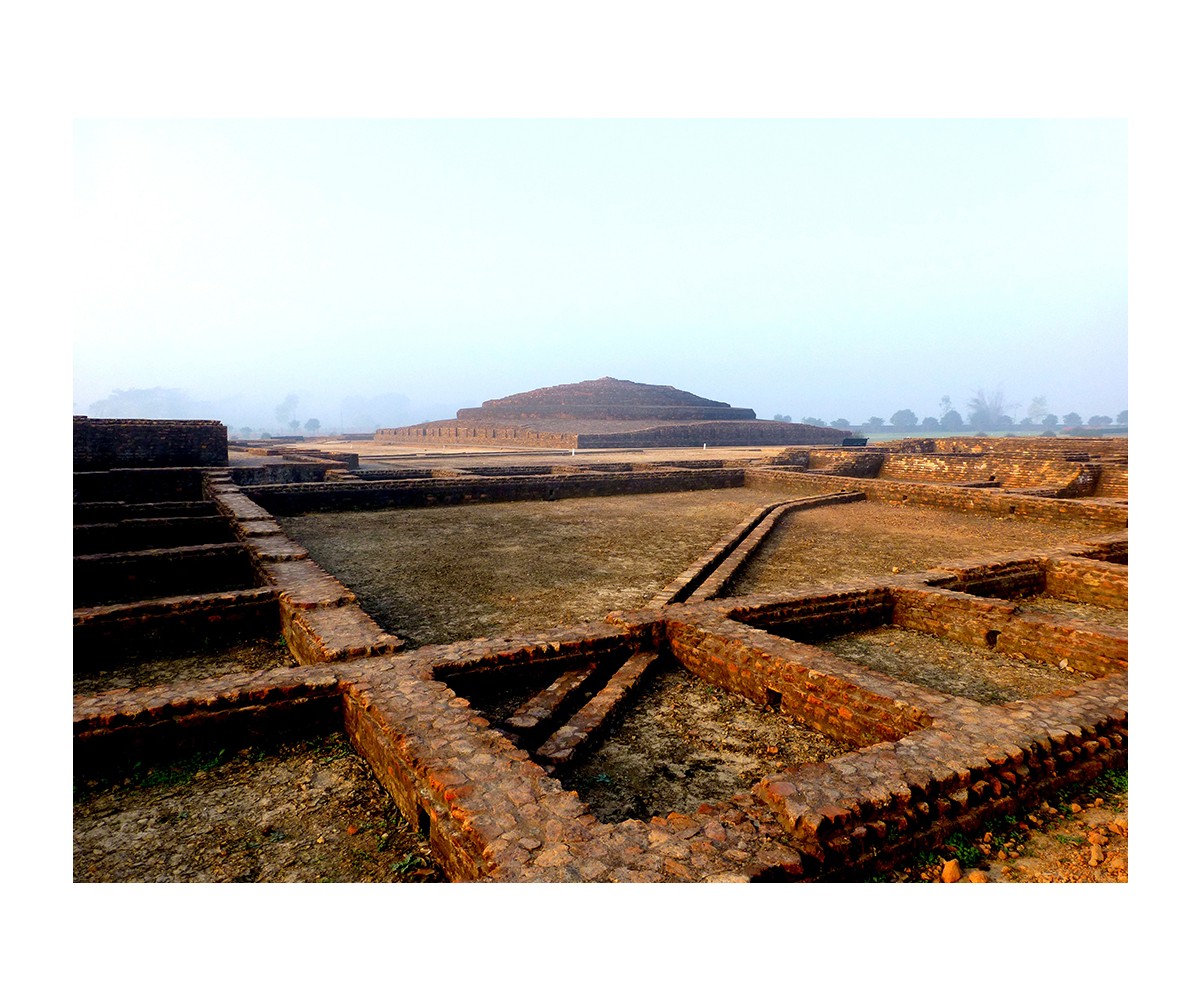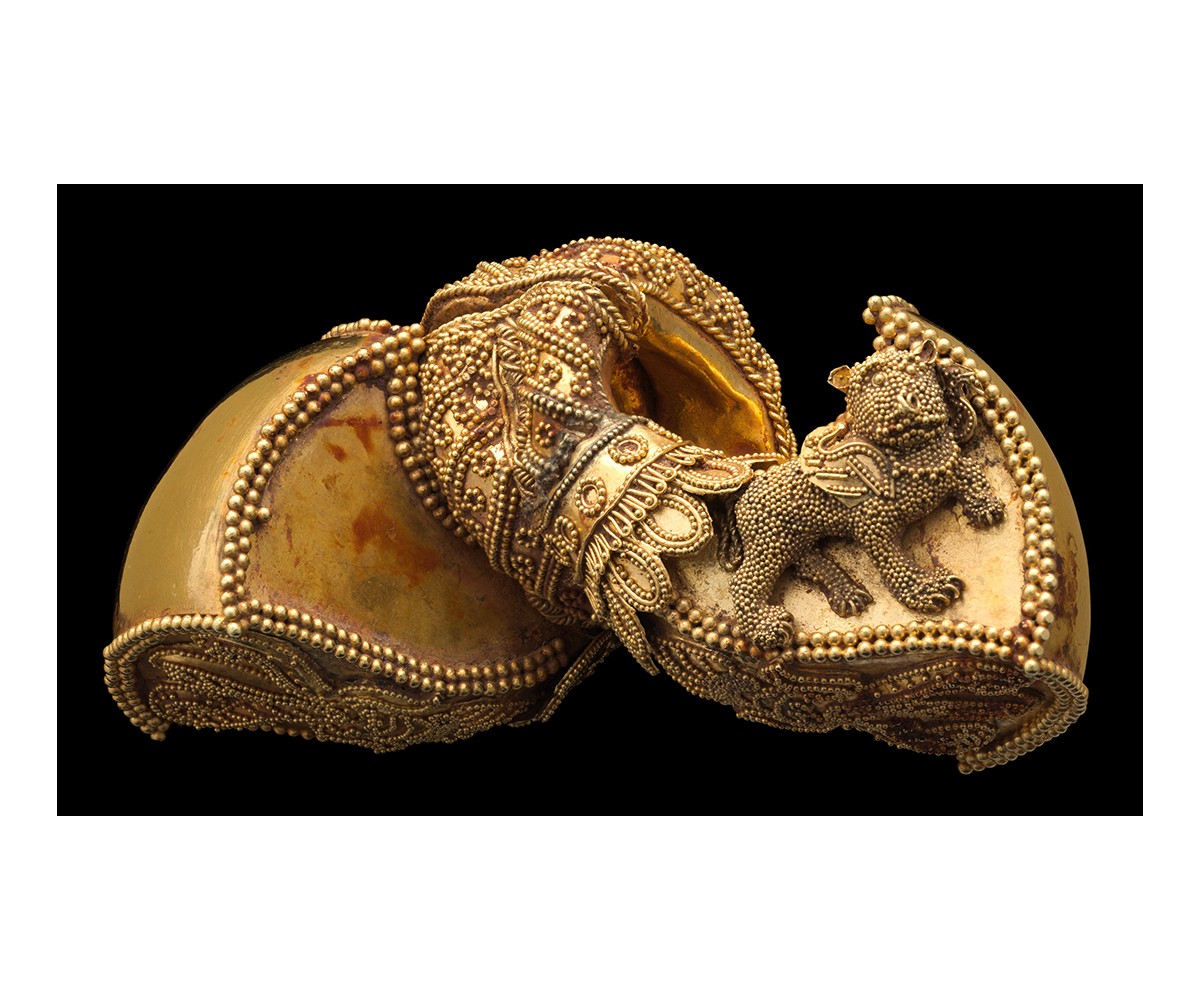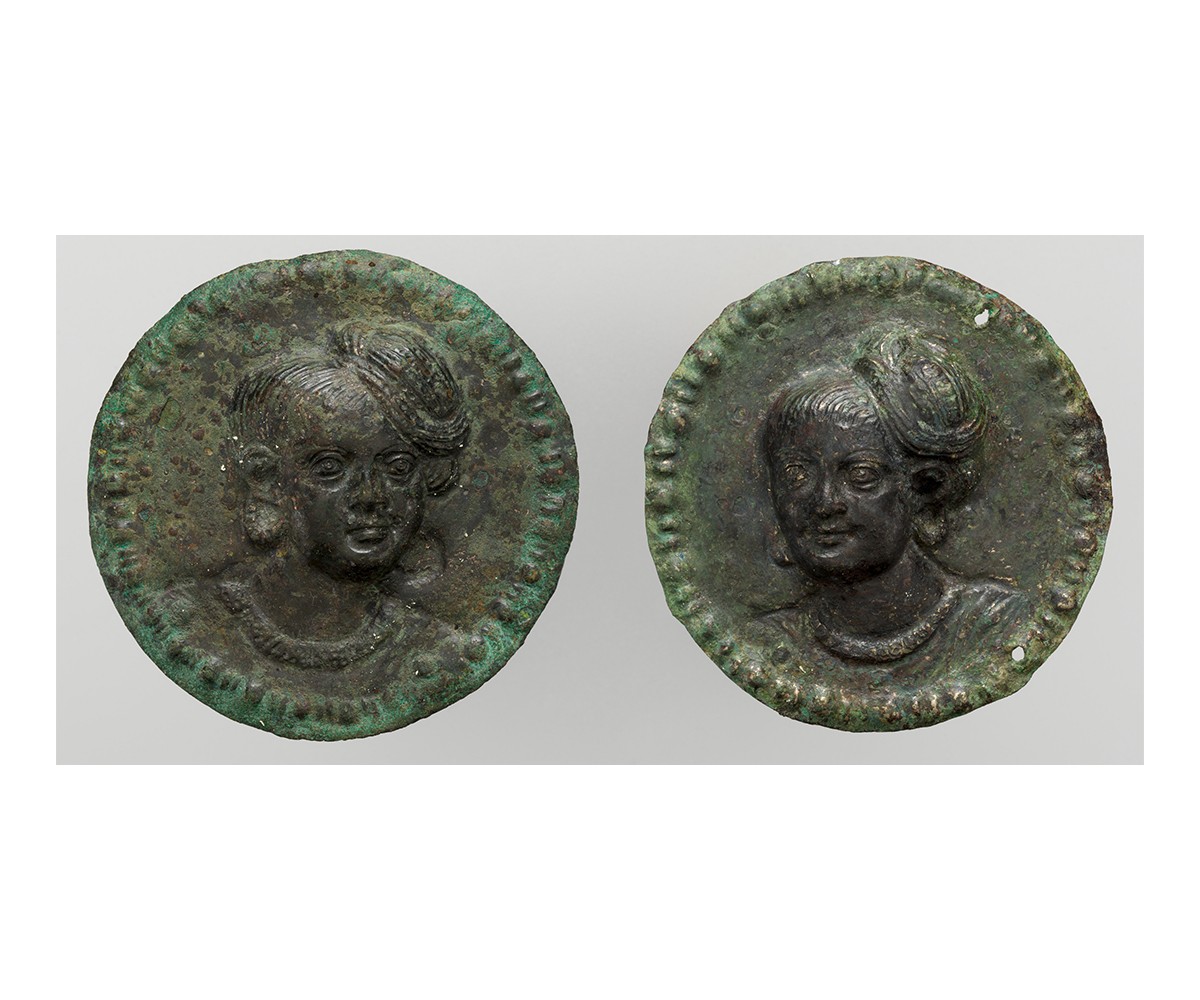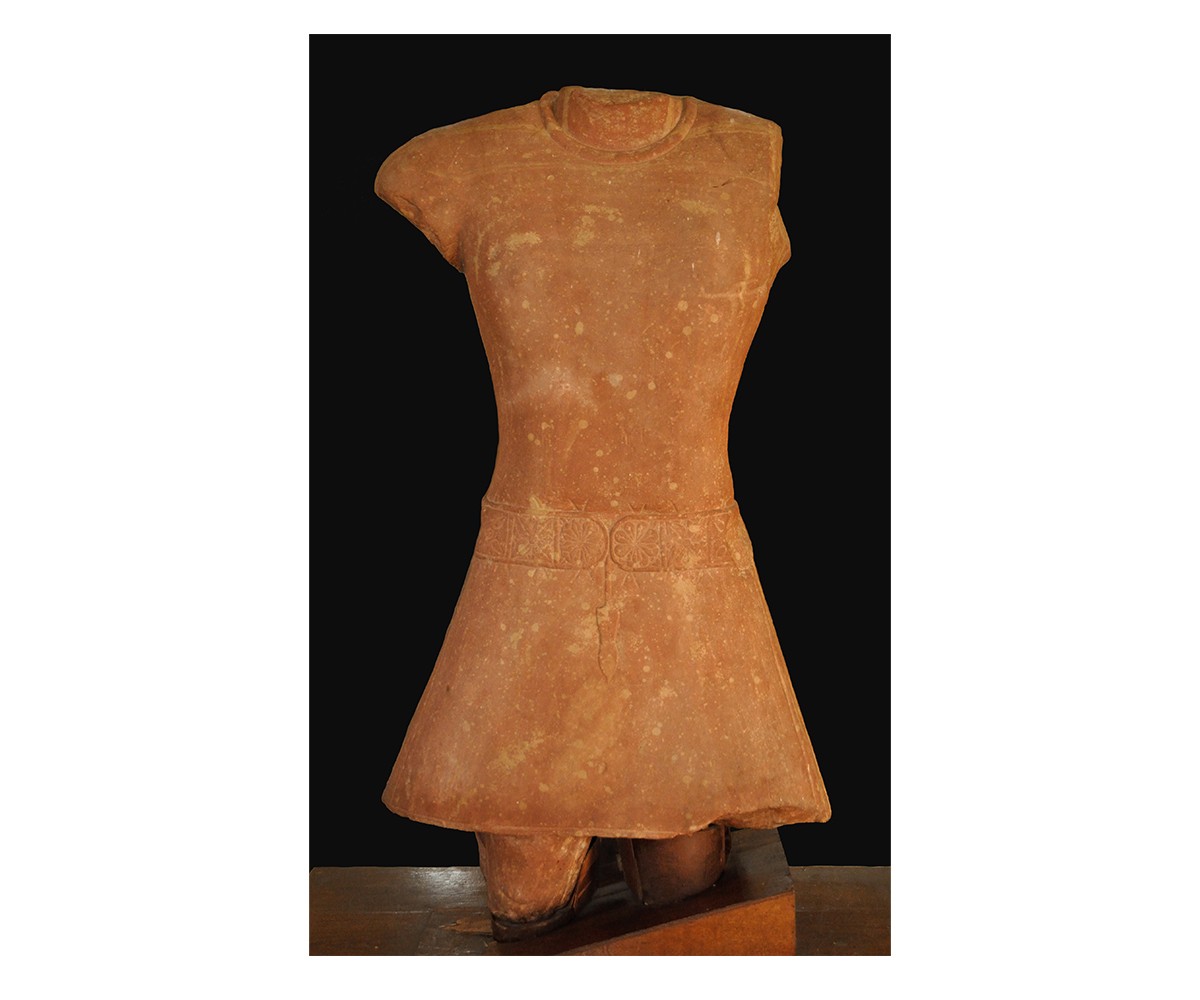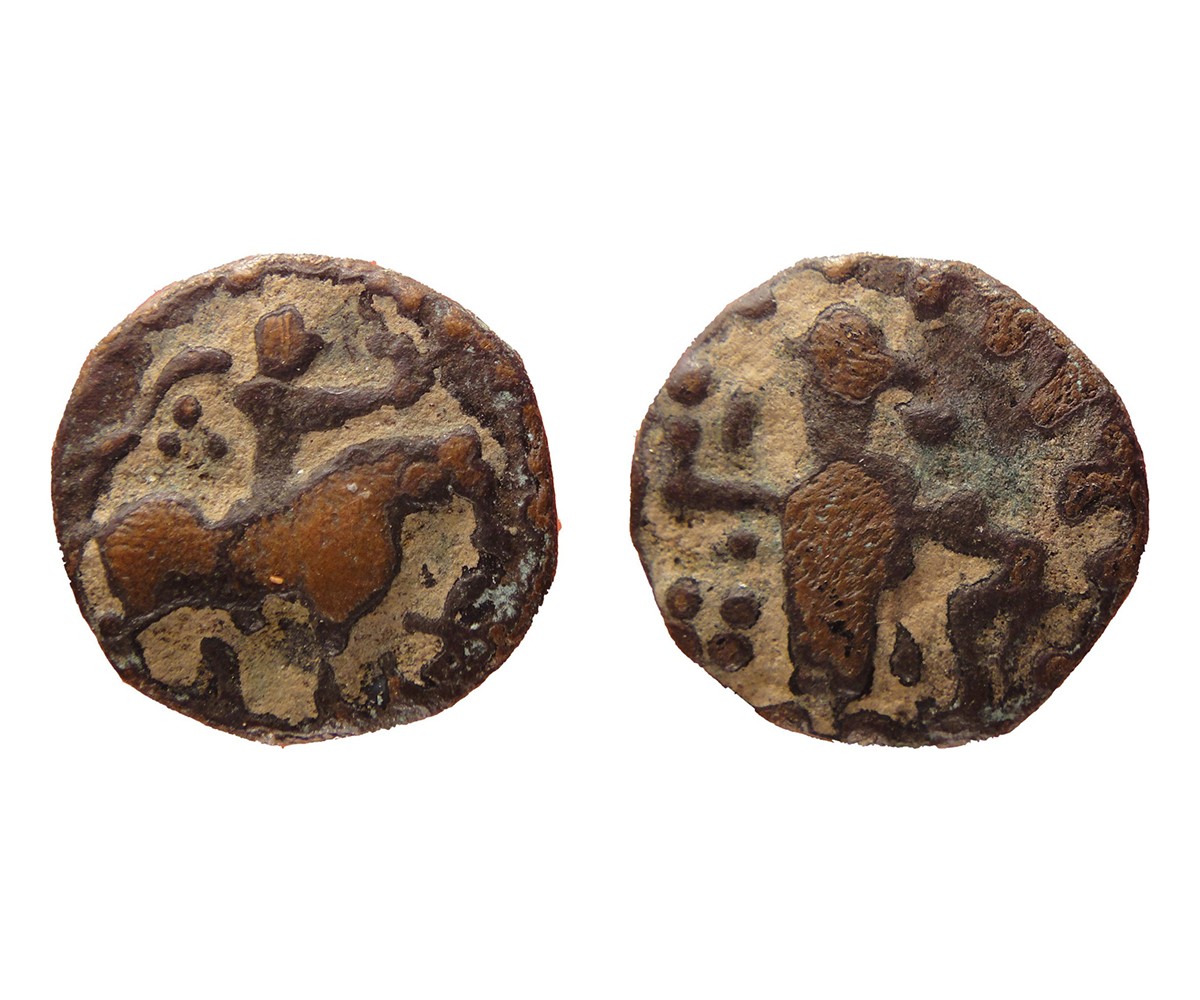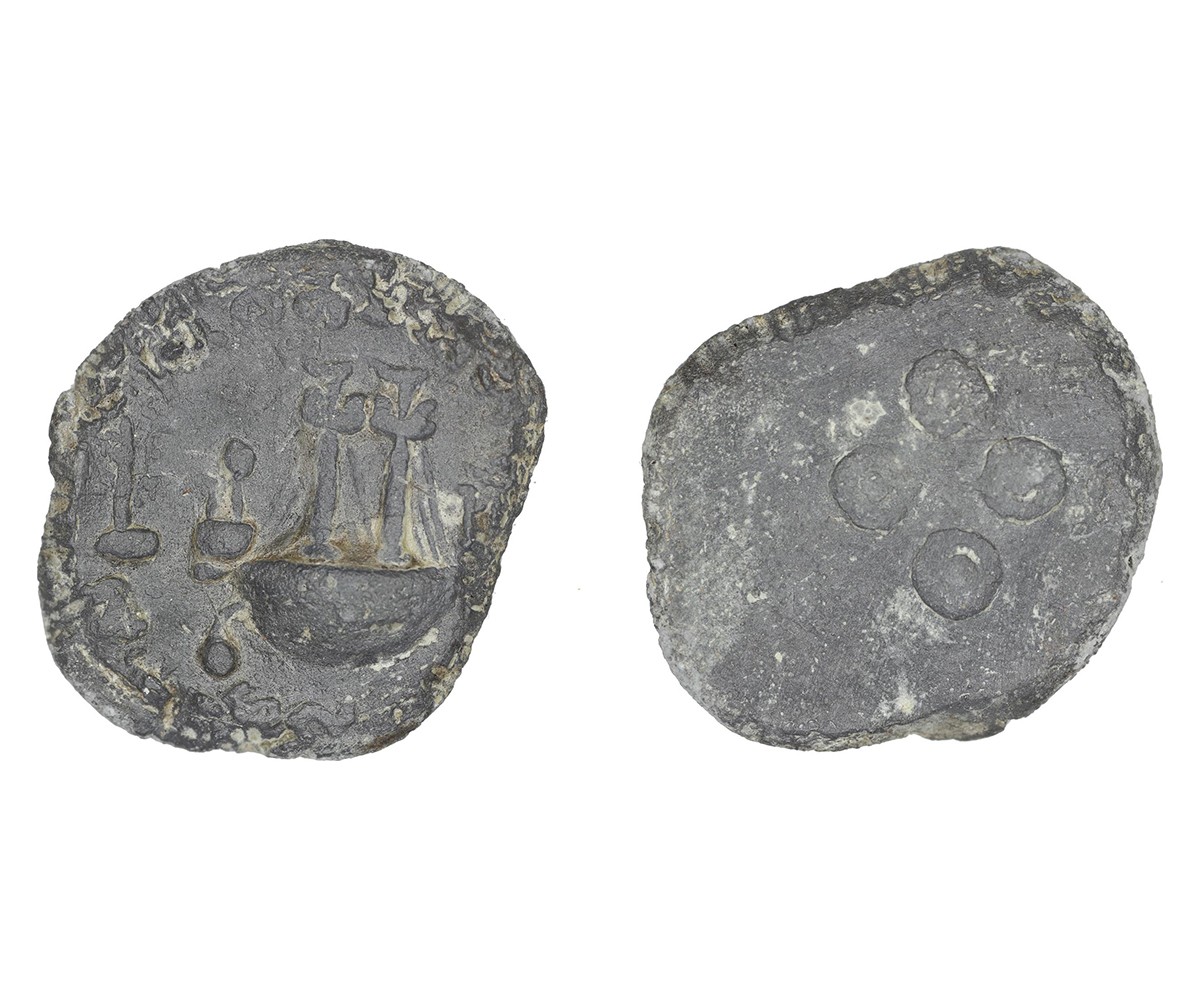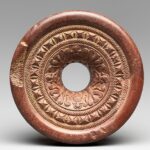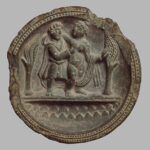Urbanisation in the Deccan, Saka Expansion in the North
50 CE
Hitherto marked by relatively small settlements that used iron implements and had megalithic burial practices, the Deccan begins to urbanise. Major coastal centres emerge, and new kingdoms are established, such as those of the Satavahanas. The earliest examples of royal cave shrines and Buddhist monasteries in the Deccan are commissioned, already displaying the influence of older wood-construction techniques from northern India. Some of the earliest known Deccan coins are issued, revealing a considerable Hellenistic influence that appears to have arrived by way of Roman trade or through interactions with the Saka satrapy in present-day Gujarat. In northern India, Mathura begins to emerge as a major urban and artistic centre under the patronage of the Northern Sakas. While they are gradually driven from the region by the invading Kushans, the Sakas remain a significant force in Gujarat and parts of the Deccan.
Bibliography
Paul, Pran Gopal, and Debjani Paul. “Brahmanical Imagery in the Kusana Art of Mathura: Tradition and Innovations.” East and West 39, no. 1/4 (1989): 111–43. http://www.jstor.org/stable/29756891.
Quintanilla, Sonya Rhie. History of Early Stone Sculpture at Mathura, ca. 150 BCE – 100 CE. Leiden: Brill Publishers, 2007.
Ray, Himanshu Prabha. “Early Historical Urbanization: The Case of the Western Deccan.” World Archaeology 19, no. 1 (1987): 94–104. http://www.jstor.org/stable/124501.
Skinner, M. C. “Urbanization and Interactions in the Early Historic Deccan: The Satavahana, Western Ksatrapa, and Iksvaku Dynasties.” MA thesis, University of Washington, 2012.
Feedback 
This entry appears in
Art in South Asia
Visit Timeline
Associated Timeline Events
First Published: March 11, 2024
Last Updated: May 20, 2024



